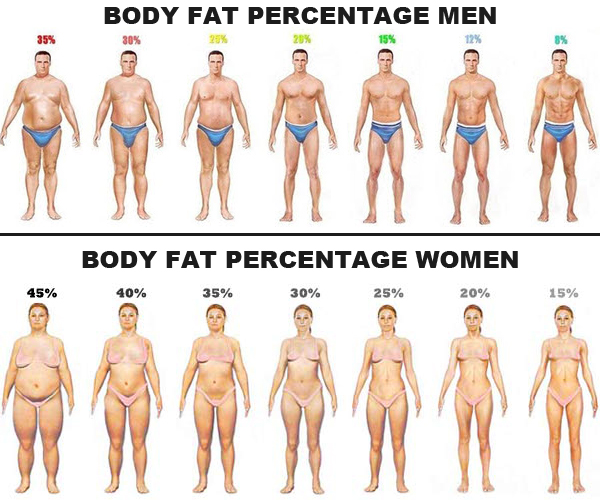Guide To Healthy Weight Loss
What Is Healthy Weight Loss?
Weight loss has become a universal pursuit for various reasons – from aesthetic aspirations to health-conscious decisions.However, in the quest for shedding pounds, it’s crucial to strike a balance and avoid the pitfalls of losing too much weight too quickly.
Whether you’re losing weight for wellness reasons or societal expectations, maintaining a healthy weight loss journey is paramount. However, it’s equally important to be aware that losing too much weight too quickly can pose risks to your health and overall well-being.
The Caloric Deficit Approach
One of the fundamental principles of healthy weight loss is creating a caloric deficit. Simply put, a caloric deficit occurs when you consume fewer calories than your body expends. This concept is at the core of many successful weight loss strategies, emphasizing the importance of balance and sustainability.
Calculating a Safe Rate of Weight Loss
Determining a safe rate of weight loss is crucial to avoid potential health risks and burnout. Simply calculate your maximum weight you should lose based on estimated body fat percentage (see diagram below). Divide the estimated fat percentage by 20 to determine the max percentage of weight loss. Multiply this percentage by your current weight to find a suitable weekly weight loss goal.
Calculation Formula by Greg Nuckols
E.g. 40% (estimated body fat %)/ 20 = 2%
80KG x 2% = 1.6KG (Maximum healthy weight loss per week)
This approach helps ensure a gradual and sustainable weight loss process, reducing the risk of negative health consequences.

Understanding Basal Metabolic Rate (BMR):
A key factor in establishing a caloric deficit is understanding your Basal Metabolic Rate (BMR). Your BMR represents the number of calories your body burns at rest, sustaining essential functions like heart rate, cell production, and respiration. Calculating your BMR provides valuable insights into your unique metabolism rate, which is influenced by factors such as age, weight, height, gender, environmental temperature, diet, and exercise habits.
The BMR Formula:
Men: BMR = 88.362 + (13.397 x weight in kg) + (4.799 x height in cm) – (5.677 x age in years)
Women: BMR = 447.593 + (9.247 x weight in kg) + (3.098 x height in cm) – (4.330 x age in years)
Implementing a Caloric Deficit with Exercise
Creating a caloric deficit is not solely about restricting food intake; incorporating exercise is equally crucial. A combination of resistance training and cardiovascular exercises enhances the effectiveness of a weight loss plan. Resistance training helps preserve lean muscle mass, while cardio contributes to burning additional calories, further supporting the caloric deficit.
Embarking on a journey towards healthy weight loss requires a holistic approach that considers both the physical and mental aspects of well-being. Understanding the significance of a caloric deficit, along with calculating a safe rate of weight loss based on your unique factors, lays the foundation for a sustainable and health-focused transformation. Remember, the goal is not just shedding pounds but cultivating a lifestyle that promotes long-term health and vitality.
Are you friends with us yet? Connect with us on Instagram and TikTok!
